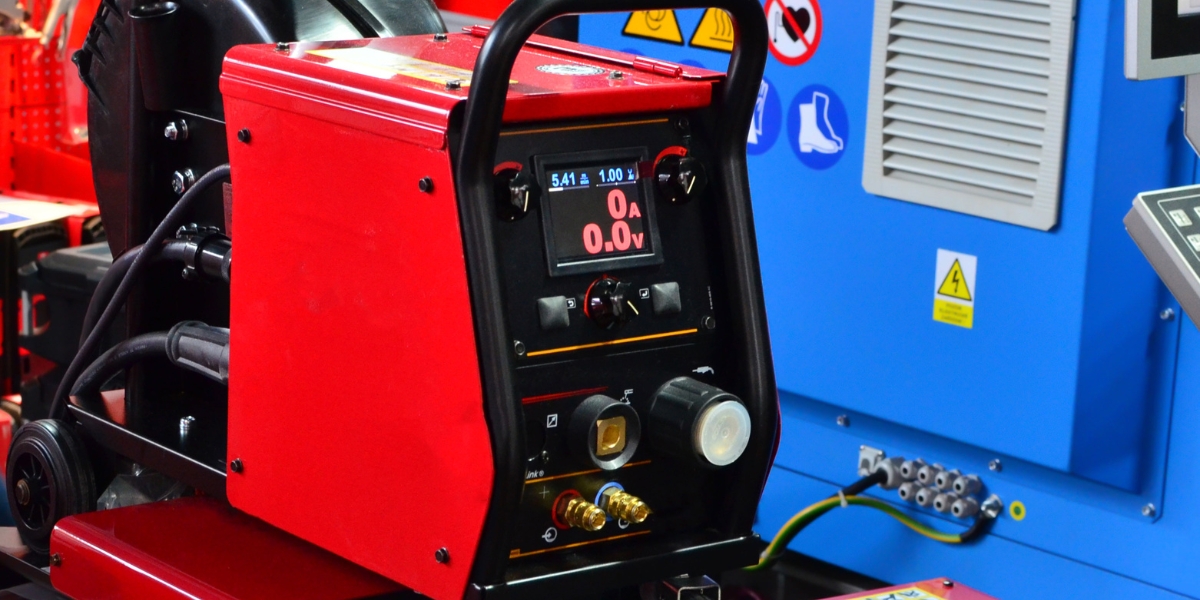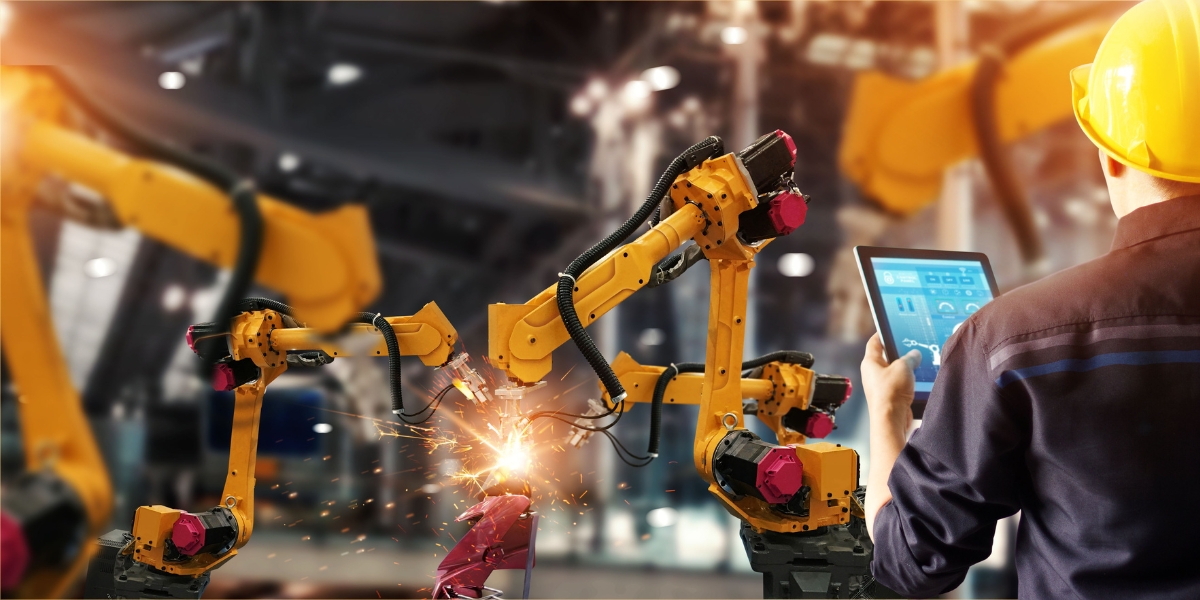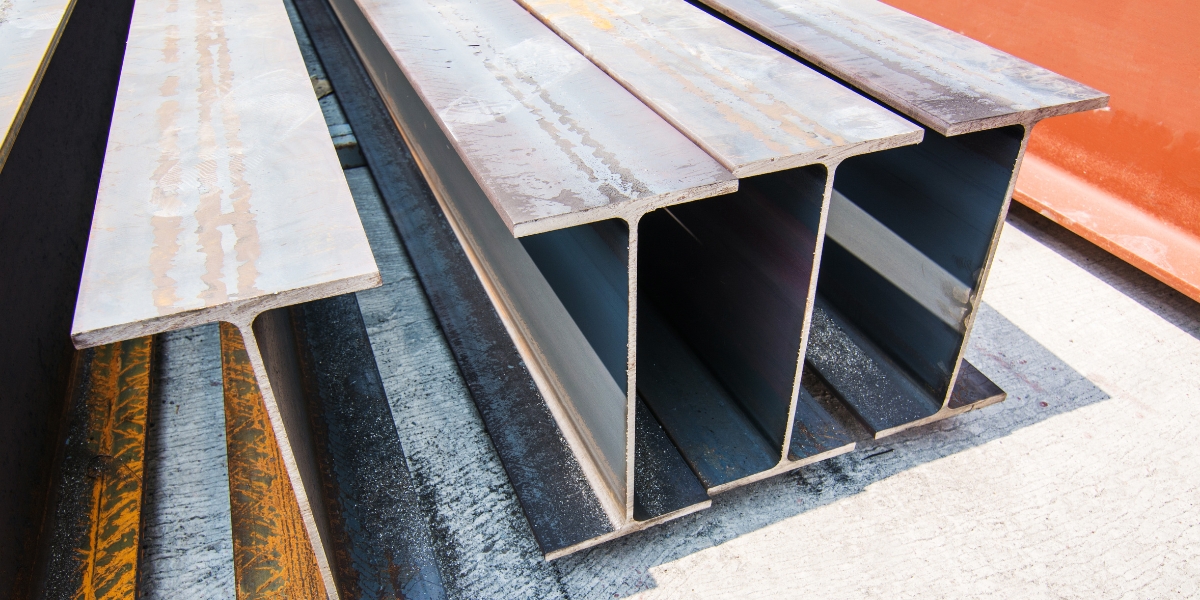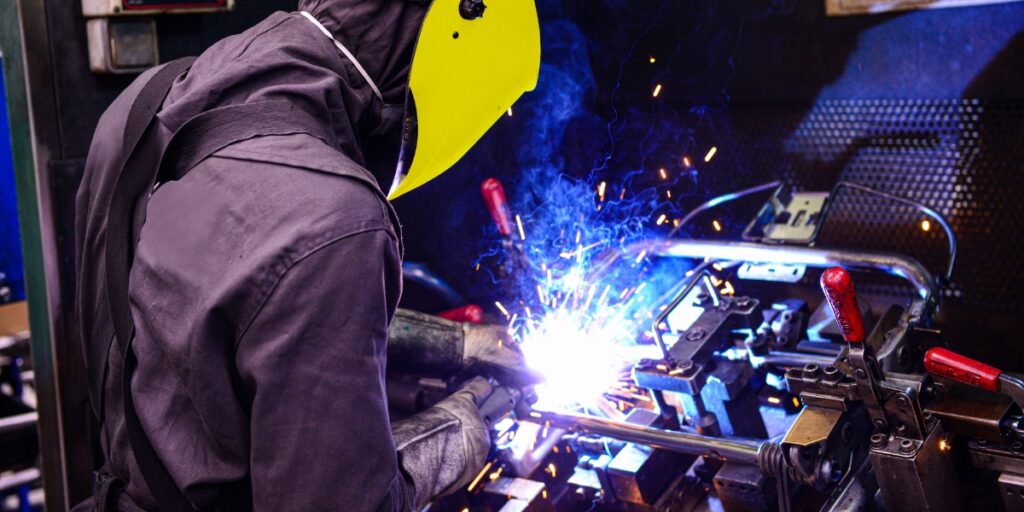Welding techniques and technologies continue to evolve, offering new possibilities for mobile welding in construction projects. This article explores the latest advancements in portable welding machines, automated systems, laser technology, robotic techniques, as well as advances in materials and consumables.
By examining these developments, construction professionals can gain a comprehensive understanding of the tools available to them and make informed decisions when it comes to implementing efficient and effective welding practices on-site.
Key Takeaways
– Choosing appropriate welding materials and consumables is crucial for the success of mobile welding projects in construction.
– Different considerations need to be taken into account for underwater welding, such as the use of moisture-resistant and conductive consumables for wet welding, and corrosion resistance and durability for dry welding.
– Unique challenges of underwater welding include the need for specific consumables, conducting dry welding in a controlled environment with corrosion-resistant materials, and considering the underwater environment.
– High-temperature applications require careful material selection to prevent material degradation and failure, with nickel-based alloys and austenitic stainless steels commonly used for their excellent heat resistance properties and superior strength at elevated temperatures while maintaining mechanical properties.

Portable Welding Machines
Portable welding machines have become increasingly popular in construction projects due to their convenience and ability to provide reliable and efficient welding services on the go. These machines offer several benefits, such as improved flexibility in terms of location and reduced downtime.
One significant advantage is the enhanced safety they provide. Portable welding machines are designed with safety features that minimize the risk of accidents, such as automatic sensors that detect overheating or improper electrical connections. Additionally, these machines often come equipped with protective shields or curtains that shield operators from sparks, UV radiation, and fumes generated during the welding process.
The compact size of portable welding machines also allows for better maneuverability in tight spaces, making them suitable for a wide range of construction projects.
Automated Welding Systems
Automated welding systems have been developed and implemented in the construction industry to enhance efficiency and precision in welding processes. These systems utilize advanced technologies to automate various aspects of the welding process, reducing the need for manual intervention and improving overall productivity.
One such technology is remote welding, which allows operators to control the welding process from a distance using computer-controlled robots or machines. Remote welding technologies offer several advantages, including increased safety for operators by minimizing exposure to hazardous environments, improved accuracy and repeatability of welds, and enhanced productivity through faster cycle times.
Additionally, these systems can be integrated with other automated processes such as robotic material handling and inspection systems, further enhancing their capabilities. The development of automated welding systems has revolutionized the construction industry by offering efficient and precise solutions for complex welding tasks.

Laser Welding Technology
Laser welding technology has gained significant attention in the construction industry due to its ability to provide precise and high-quality welds. This technique utilizes a concentrated beam of light, generated by a laser, to melt and fuse materials together.
Laser welding offers several benefits over traditional welding methods:
– High precision: The focused laser beam enables accurate control over the heat input, resulting in minimal distortion and reduced need for post-welding treatments.
– Increased productivity: Laser welding is faster than conventional methods, as it can create strong welds with a single pass, reducing overall production time.
– Versatility: Laser welding can be used on various materials such as steel, aluminum, and even dissimilar metals.
In construction projects, laser welding finds applications in structural fabrication, pipeline installations, and automotive manufacturing. Its advantages make it an attractive choice for industries seeking efficient and reliable welding solutions.
Robotic Welding Techniques
Robotic welding has emerged as a widely adopted method in various industries for its ability to provide consistent and precise welds through the use of automated systems. This advanced technology involves the use of robots to perform welding tasks, which eliminates the need for human operators and enhances efficiency.
Automated welding processes have found applications in diverse sectors, such as automotive manufacturing, aerospace engineering, and metal fabrication. Robotic welding offers numerous advantages over traditional manual welding techniques, including improved productivity, reduced labor costs, and enhanced weld quality.
The robots are equipped with sophisticated sensors and programming capabilities that enable them to accurately position themselves and adjust parameters based on real-time feedback. Furthermore, robotic welding systems can be programmed to perform complex welds on intricate components with high precision and repeatability.
Overall, robotic welding has revolutionized the industry by providing reliable and efficient solutions for various welding applications.
Advances in Welding Materials and Consumables
This discussion will explore the advances in welding materials and consumables, focusing on three key points:
1. New welding materials for enhanced strength and durability: The development of new welding materials offers opportunities to achieve higher levels of strength and durability in welded joints, enabling the construction industry to meet increasingly demanding requirements.
2. Innovative consumables for improved welding performance: Additionally, innovative consumables such as electrodes and filler wires can significantly improve welding performance by ensuring better arc stability, reduced spatter, and enhanced weld quality.
3. Choosing the right welding materials and consumables for mobile welding projects: Finally, selecting the appropriate welding materials and consumables is crucial for successful mobile welding projects as it requires considering factors like portability, ease of use, compatibility with different base metals, and overall project specifications.
New Welding Materials for Enhanced Strength and Durability
The use of new welding materials has shown promising results in terms of enhancing the strength and durability of weldments in construction projects. Advancements in welding alloys have allowed for the development of materials that offer improved mechanical properties, corrosion resistance, and high-temperature performance.
For instance, nickel-based superalloys have been successfully employed in welding applications where high temperature and corrosion resistance are critical factors. These alloys exhibit excellent strength and stability at elevated temperatures, making them suitable for use in industries such as aerospace and power generation.
Additionally, advancements in welding techniques for high-temperature applications have further contributed to the enhanced performance of weldments. Processes like electron beam welding and laser beam welding enable precise control over heat input, resulting in reduced distortion and improved joint integrity.
Overall, the utilization of new welding materials and techniques holds great potential for strengthening weldments used in construction projects while ensuring long-term durability.
Innovative Consumables for Improved Welding Performance
Innovative consumables play a crucial role in enhancing the performance of weldments through improved weld quality and mechanical properties. One such consumable is the improved welding electrode, which contributes to higher deposition rates and better arc stability. These electrodes are designed with advanced coatings that provide superior protection against contaminants and improve weld metal toughness.
Additionally, cutting-edge welding wire is another consumable that has revolutionized the welding industry. This wire offers enhanced feedability, reduced spatter, and improved bead appearance, resulting in higher productivity and better overall weld quality.
The use of these innovative consumables not only improves the efficiency of welding processes but also ensures stronger and more durable welds, making them essential for achieving optimal performance in various applications within the construction industry.

Choosing the Right Welding Materials and Consumables for Mobile Welding Projects
Choosing appropriate welding materials and consumables is crucial for ensuring the success of mobile welding projects. When it comes to welding techniques for underwater projects, special considerations need to be taken into account due to the unique environment. Underwater welding typically involves either wet or dry welding techniques.
Wet welding is performed directly in water and requires specific consumables that can withstand moisture and provide good electrical conductivity.
Dry welding, on the other hand, is conducted in a controlled environment using a habitat or chamber. In this case, the choice of materials should prioritize corrosion resistance and durability.
For high-temperature applications, selecting suitable welding materials becomes even more critical. High-temperature environments can lead to accelerated material degradation and failure if proper precautions are not taken.
Welding materials with excellent heat resistance properties such as nickel-based alloys or austenitic stainless steels are commonly used in these situations. These alloys offer superior strength at elevated temperatures while maintaining their mechanical properties.
Frequently Asked Questions
What are the safety measures to consider while using portable welding machines in construction projects?
When using portable welding machines in construction projects, it is important to follow best practices for safety. This includes wearing appropriate personal protective equipment, ensuring proper ventilation, inspecting equipment regularly, and taking precautions against electrical hazards.
How do automated welding systems contribute to increased efficiency and productivity in construction projects?
Automated welding systems in manufacturing have significantly contributed to increased efficiency and productivity. Advancements in welding technology, such as robotic systems and computer-controlled processes, have improved precision, speed, and consistency of welds, reducing human error and increasing overall project output.
Can laser welding technology be used for welding different types of materials in construction projects?
Laser welding technology finds diverse applications in construction projects. Notably, it is extensively utilized in automotive manufacturing for its precision and speed. Additionally, advancements in laser welding techniques have revolutionized the aerospace industry, ensuring strong and reliable welds for critical components.
What are the key advantages of using robotic welding techniques in mobile welding for construction projects?
Robotic welding techniques offer several advantages in mobile construction projects. Firstly, they are cost-effective due to increased efficiency and reduced labor costs. Secondly, the use of robots ensures consistent weld quality, minimizing defects and improving overall construction project outcomes.
Are there any specific advances in welding materials and consumables that have been developed for mobile welding in construction projects?
Advancements in welding consumables and new on-site welding techniques have greatly enhanced the efficiency and quality of mobile welding in construction projects. These developments can be likened to a sharpening stone, honing the capabilities of welders for precise and durable welds.

